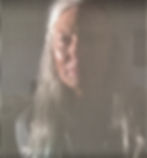top of page
Artists In Residence
Spark+Echo Artists in Residence spend a year developing and creating a major work in response to Scripture. The progression of their work is documented and displayed throughout, and the final work is showcased.
bottom of page





















